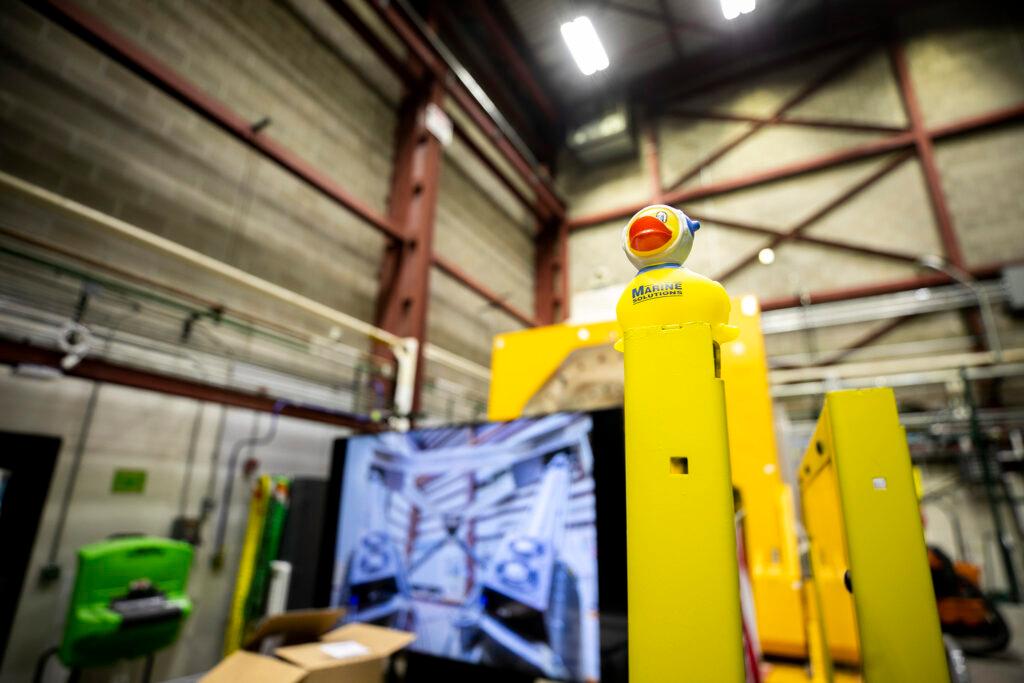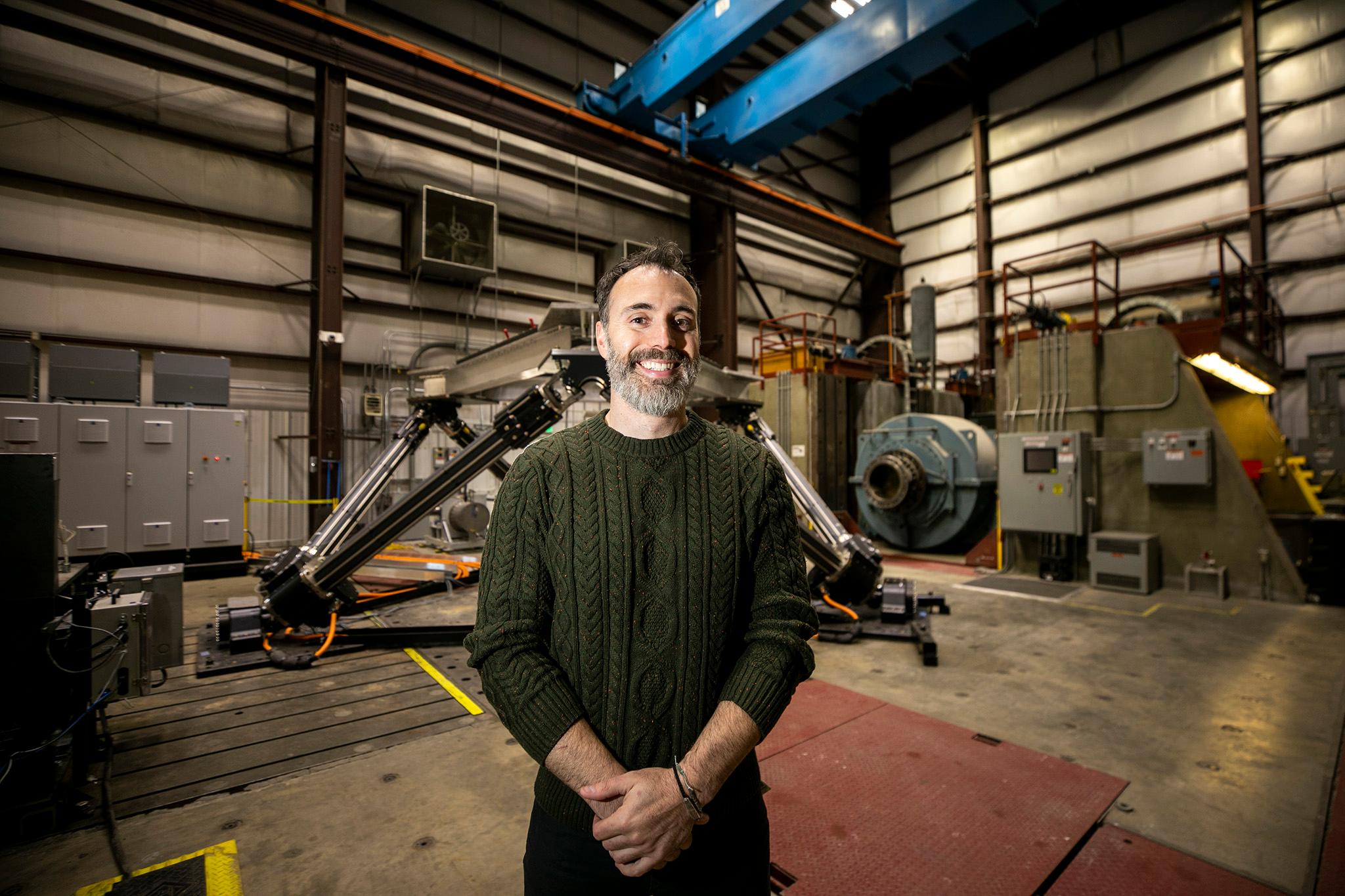
The National Renewable Energy Laboratory’s Flatirons Campus in Arvada might be perched atop mountain foothills hundreds of miles from the nearest ocean, but it’s become a new hub for researchers trying to harvest energy from the waves crashing against the coast.
The idea of generating energy from waves isn’t new. A concept that started with a 1799 French patent has drawn new attention as a potential carbon-free energy resource, leading engineers and inventors to propose a wide variety of potential devices.
Current plans include everything from oscillating paddles and bouncing underwater balloons to articulated worms built to ride the surf.
But there are straightforward reasons a wave power industry hasn’t taken off, said Scott Jenne, a research engineer with the lab's marine energy team. Installing and testing energy systems in the ocean requires expensive teams of boats and divers. Once in place, the sea tends to break or corrode any prototype thrown into the surf.
“The ocean is as aggressive of an environment you’ll ever find,” Jenne said.
The federal lab — known as NREL — now has two new facilities to provide a more forgiving testbed for wave energy researchers and start-ups. Last year, the lab built a 50-foot tank with glass walls known as the Sea Wave Environment Laboratory, or SWEL.
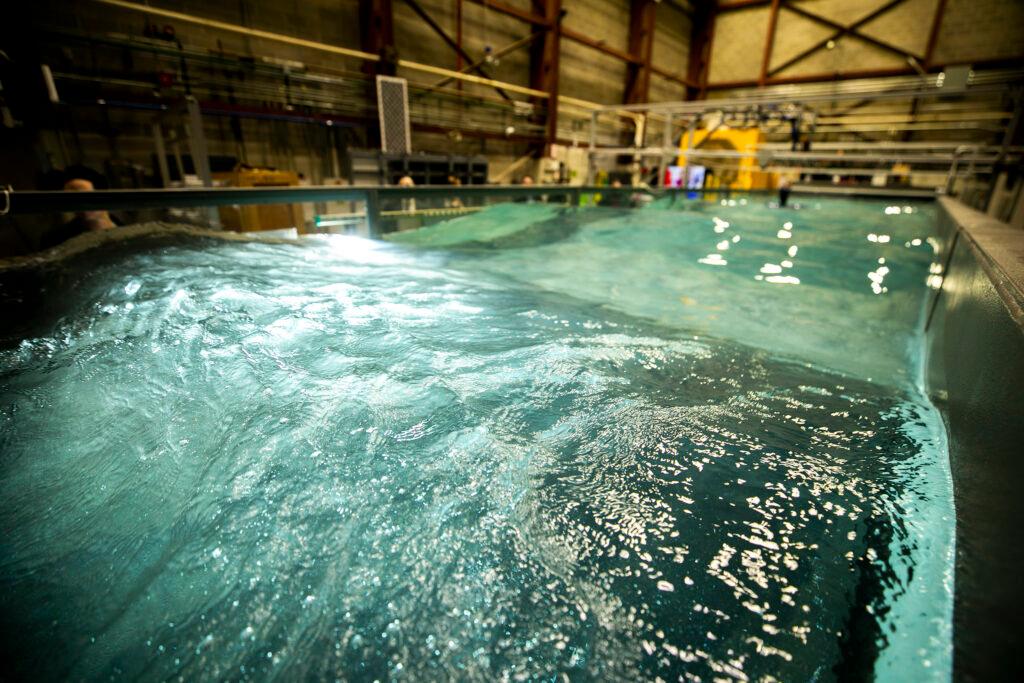
A paddle at one end of the tank generates a regular pattern of waves. Engineers can then toss in plastic 1:75-scale models of a planned device to monitor how it behaves in real water conditions.
If an idea seems promising, researchers graduate to a new motion platform installed in a neighboring warehouse earlier this year. The system can support full-scale prototypes weighing more than 20,000 pounds. A set of six hydraulic pistons then simulates the heaves and sways of sea waves, allowing teams to catch any potential flaws before ocean trials.
Both test platforms align with the U.S. Department of Energy's larger push to develop ocean energy resources. A recent federal report found that waves off the country’s coast carry 2,300 terawatts of power, equal to almost 60 percent of the nation’s annual electricity demand.
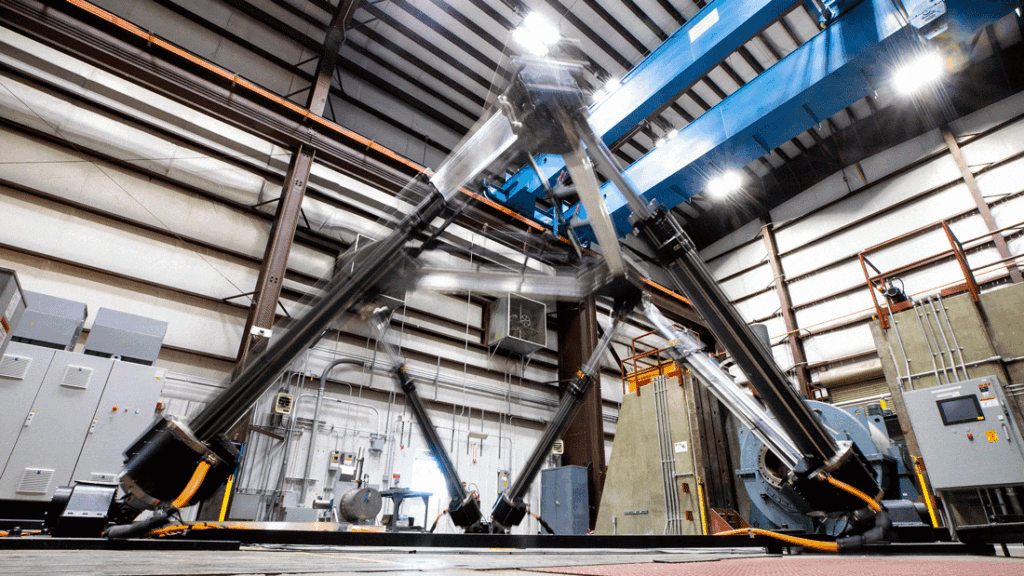
“We won't capture all of it, but it has enormous potential, and it’s located near where many people live on the coasts and in remote communities,” said Beth Harman, a program manager at the Department of Energy’s Water Power Technologies Office.
Wave energy also has potential advantages over other renewables. Unlike solar, the resource could offer electricity at night, helping provide a steady power supply to the grid. Other concepts to harvest the power of tides could provide a highly predictable energy source, Harman said.
A range of start-ups are now developing concepts for grid-scale wave power systems. In the meantime, researchers at NREL in Arvada are working on smaller devices that use the same resource to desalinate ocean water into drinking water for coastal communities.
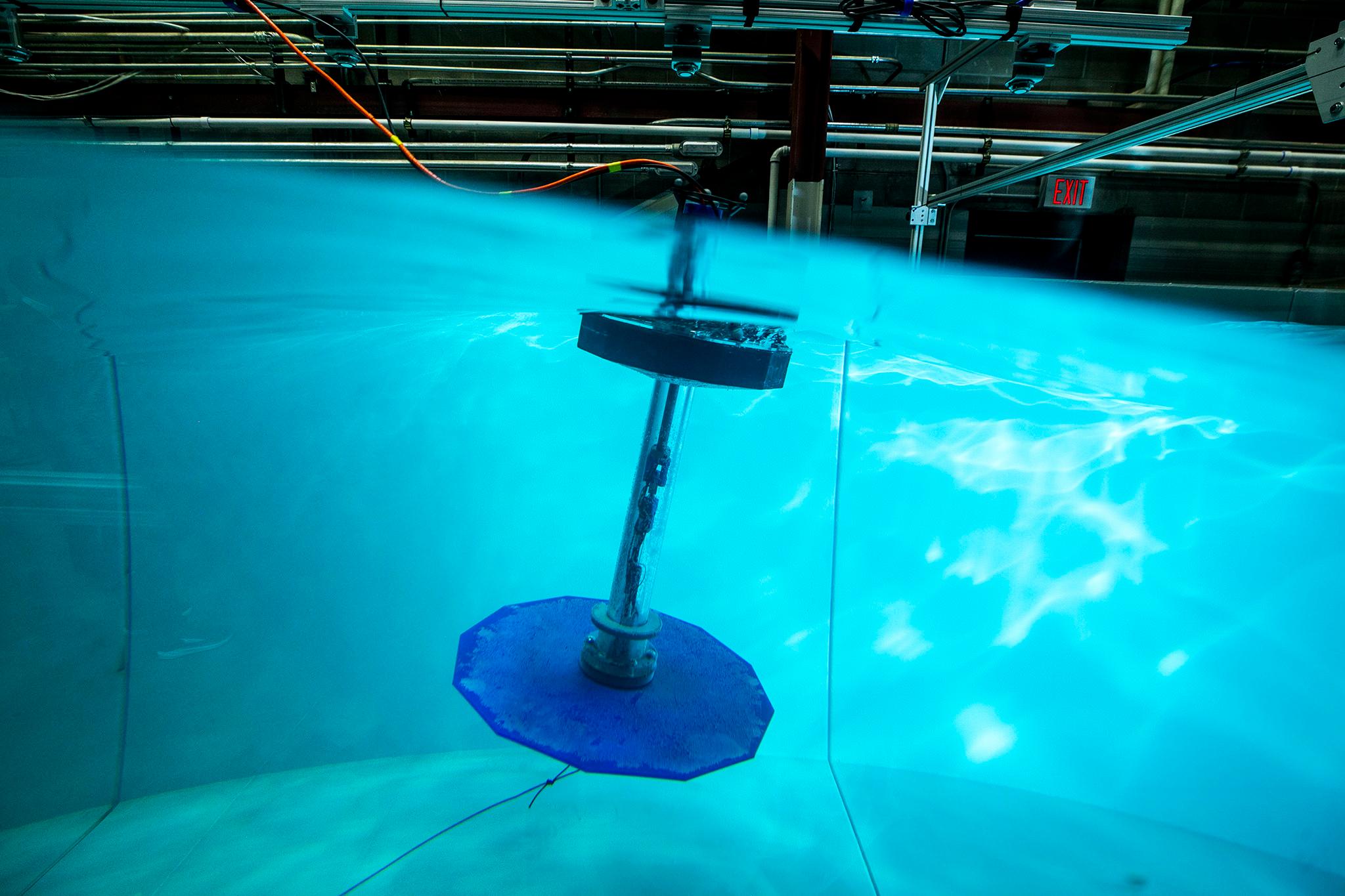
One concept developed using the new motion platform is a hexagonal raft the size of a dinner table. As it rides the surf, the constant motion can run a pump or generate electricity to produce 200 to 300 gallons of clean water daily.
Jenne, the NREL research engineer, built the system to set parameters for the laboratory’s recent Waves to Water Prize, which challenged researchers to develop similar desalination systems. He hopes it’ll lead to devices that could provide fresh water following hurricanes and other natural disasters along the coasts.
Jenne looks forward to welcoming other research teams to the wave tank and motion platform. By giving scientists a safe place to fail, he hopes scientists will find ways to cut the costs and risks associated with wave energy systems large enough to power the grid.
And while that could take decades, he said NREL used the same basic model to turn wind and solar energy from far-out concepts into thriving industries.
“It’s just a matter of time and funds to get to that point,” Jenne said.
